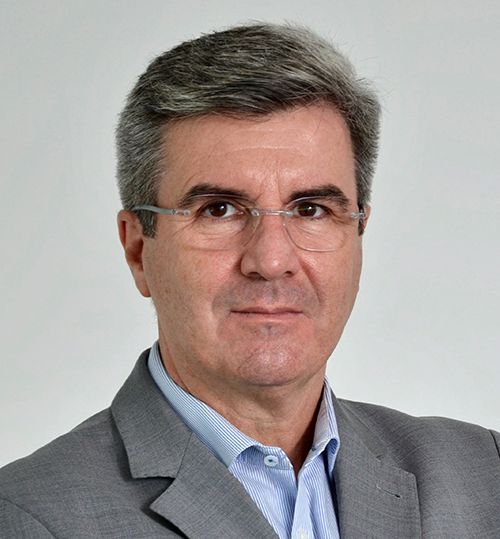“Brazil’s journey towards full economic inclusion requires planning, investments in diverse technologies and a humanized approach that puts the needs of the population at the center of decisions,” says Elias Rogério da Silva, President of Diebold Nixdorf in Brazil.

Brazil, with its vast cultural and geographical diversity, which makes it unique and complex, has been undergoing an important process of financial inclusion of its population in recent years, in a joint effort involving banks and banking technology providers to make money available anytime and anywhere.
According to data from the Central Bank of Brazil, the number of active users of the National Financial System increased by 103.2% between June 2018 and December 2023, showing very important advances in the country’s banking, which should remain in the coming years.
Ensuring that all citizens can use banking services is one of the main missions within this ecosystem and we are seeing banks increasingly relying on ATMs to ensure this access, especially with facilities in environments where people live together, such as supermarkets. The intention is to ensure that the bank goes to customers through technology, to provide even more convenience to them.
Modern ATMs have evolved a lot, and today they offer diverse functionalities that go beyond traditional transactions. ATMs are able to assume the position of bank branches when necessary, acting as a point of relationship between banks and people by converging electronic services, varied service channels and the physical experience desired by many customers, while being a more economical option for financial institutions to reach their users.
These terminals have become true self-service centers, making life easier for customers by providing assistance quickly and conveniently, 24 hours a day.
This evolution of terminals contributes to the fact that many Brazilians continue to prefer to use them instead of more digital options, especially those who still receive and make payments in cash. In addition, although mobile banking, for example, offers some convenience, many people still opt for the familiarity they already have with ATMs to carry out their transactions, hire services, and make their enquiries.
This reinforces that, although digital banking is an important advance, ATMs remain an indispensable solution, as they unite the physical and digital worlds while offering security, accessibility and ease of use.
The recurring connectivity failures in certain regions of Brazil also highlight the need for terminals, which are installed with link redundancy. Without Internet, digital services can be unusable for long periods, impacting electronic payments and requiring the use of cash, especially in remote rural areas where connectivity is often unstable.
Thus, having physical cash available as a contingency plan in the event of an interruption of digital infrastructure, or even natural disasters, is essential to ensure that the population can make their payments and that businesses can continue operating.
Considered a society heavily dependent on cash, Brazil sees ATMs as the first point of contact for many citizens with the financial system. And for an important portion of the population, it will continue to be the only interface with banking services. In addition, the use of physical cash also facilitates personal financial control, with more effective management of your receipts and payments.
Therefore, facilitating the population’s access to their finances through the devices of their choice is to promote greater inclusion, a fundamental aspect for the sustainable development of the country.
Brazil’s journey towards full economic inclusion requires planning, investments in diverse technologies and a humanized approach that puts the needs of the population at the center of decisions.
The installation of more ATMs in regions far from large centers or in environments with more movement of people, such as shopping malls, is a viable solution to face this challenge, allowing more people to be able to participate in economic life, with great contributions to the country’s growth and support for reducing social inequality.
It is important that the entire financial ecosystem continues to recognize and embrace its role in promoting equality and inclusion, as it has been doing, implementing the solutions already available to achieve this goal, as true agents of transformation.




